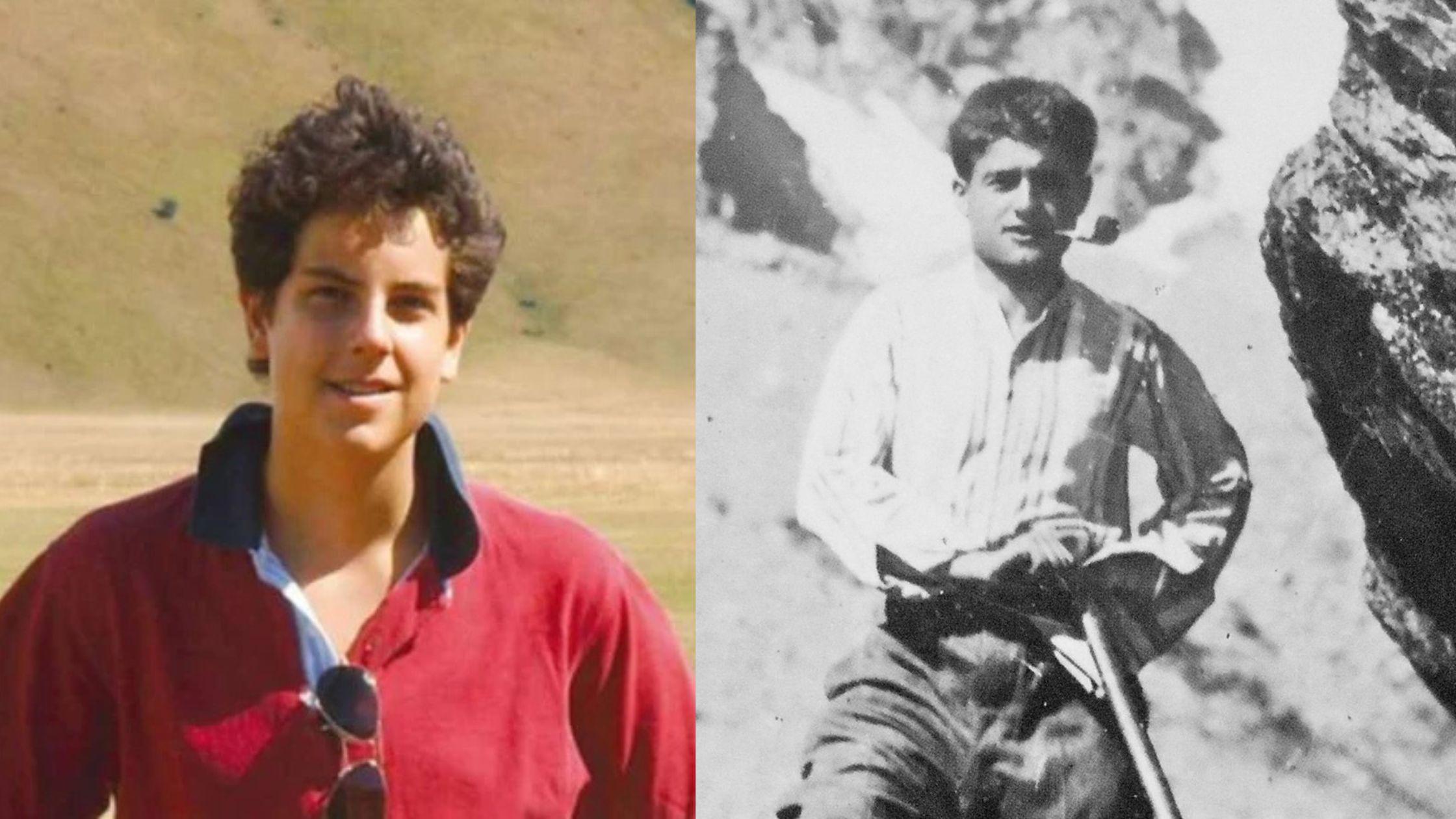
When the leader of the Catholic Church dies or resigns, the world turns its attention to a centuries-old process steeped in tradition, mystery, and spiritual weight: the election of a new pope. But what exactly happens behind the closed doors of the Vatican? This step-by-step guide to the conclave demystifies the sacred procedures that lead to the selection of the next successor of Saint Peter.
Table of Contents
1. The Papal See Becomes Vacant (Sede Vacante)
The process begins when the Holy See becomes vacant—either due to the death of the pope or, more rarely, his resignation (as in the case of Pope Benedict XVI in 2013). The term sede vacante, meaning “vacant seat,” describes this period of papal interregnum.
During this time:
- All major decisions are suspended.
- The College of Cardinals manages the Church’s day-to-day affairs.
- The Camerlengo, a cardinal appointed by the pope, oversees the Church’s temporal matters.
2. Preparations for the Conclave Begin
After the funeral rites (if the pope has died), the College of Cardinals prepares for the conclave. The word “conclave” comes from the Latin cum clave, meaning “with a key,” indicating the cardinals are locked away from the outside world during the election.
Key preparations include:
- Lodging cardinals in the Domus Sanctae Marthae, a Vatican guesthouse.
- Securing the Sistine Chapel where voting takes place.
- Ensuring complete secrecy and protection from external communication.
3. Eligibility to Vote
Only cardinals under the age of 80 are eligible to vote in the conclave. Usually, this means around 120 cardinal electors from all over the world participate.
4. Entering the Conclave
On the appointed day, the cardinal electors process into the Sistine Chapel. They chant the Veni Creator Spiritus—a hymn invoking the Holy Spirit for guidance. The doors are then locked, and the voting begins.
5. The Voting Process
The conclave can last from one day to several weeks, depending on how quickly a consensus is reached.
Each round of voting includes:
- Ballots Distributed – Cardinals write the name of their chosen candidate in Latin.
- Votes Collected and Counted – The ballots are read aloud and recorded.
- Burning of Ballots – After each vote, the ballots are burned in a special stove:
- Black smoke (fumata nera) signals no successful election.
- White smoke (fumata bianca) signals a new pope has been chosen.
To be elected, a cardinal must receive a two-thirds majority.
6. Acceptance and Choosing a Name
Once a cardinal reaches the required votes:
- He is asked: “Do you accept your canonical election as Supreme Pontiff?”
- If he accepts, he then chooses a papal name. This name often reflects the mission or inspiration of his pontificate.
The elected pope is then dressed in white papal robes prepared in multiple sizes.
7. Announcement to the World: Habemus Papam
The cardinal protodeacon appears on the balcony of St. Peter’s Basilica and declares:
“Habemus Papam!” – “We have a pope!”
The new pope steps out to give his first apostolic blessing: Urbi et Orbi—to the City (of Rome) and to the World.
The Spiritual Weight Behind the Tradition
While the process involves structure, protocol, and even some political consideration, the conclave is fundamentally a spiritual event. Each vote is preceded by prayer and reflection. The cardinals are not simply selecting a leader—they are discerning the will of the Holy Spirit for the Church.
As faithful Catholics, we are encouraged to pray during this time, asking the Lord to guide His Church and bless the new pope with wisdom, holiness, and courage.
The election of a pope is not just a moment of transition; it is a sacred event that reminds us of the unbroken continuity of the Church. From Saint Peter to the present day, the Bishop of Rome remains a visible sign of unity and faith.
As history continues to unfold, the conclave remains one of the most remarkable traditions in the Catholic Church—rooted in prayer, wrapped in secrecy, and watched by the world.
READ MORE: POPE FRANCIS DIES AT 88
READ MORE: WHAT HAPPENS WHEN A POPE DIES: TRADITIONS AND PROTOCOLS



